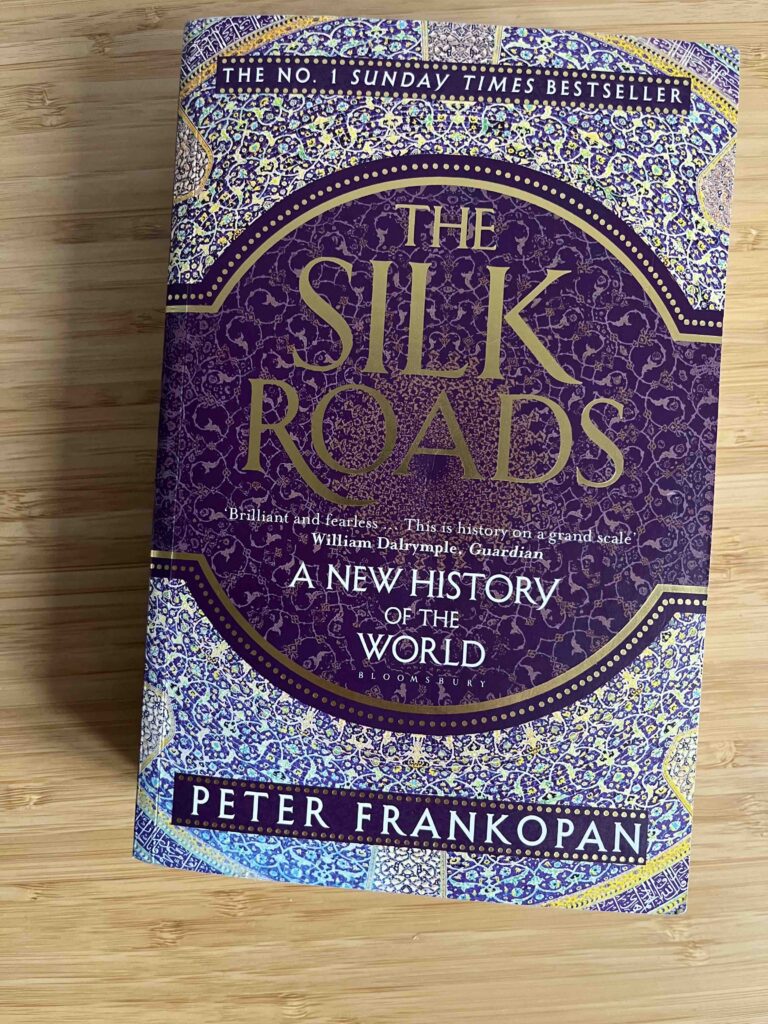
Versailles, France
The ability of synthesis and reducing complexity is the stuff of great scholarship. Peter Frankopan does just that. He provides a lot of chronological and geographical material in a way that is not overwhelming, but challenging enough to test the historical passion of the reader.
After all, there is no way around the intricacy of Eurasia, and there is no way around having a map on hand to follow the march of history accross the Pamir, Central Asia, Iran, the Caucasus and Asia Minor.
Interactions in the Silk Roads were a mix of melting pots, fault lines, conflicts, spillovers, competition, opportunism, similarities, fusions, cooperations, etc. Echos of the local in distant areas could be an answer to common questions and existential fears, as much as they could be a sign of interactions.
There are many angles to this interactions in general and in the Silk Roads in particular : power relations, trade, migrations… but the one that I found particularly enlightening in Frankopan’s work is the angle of faith. Religion being in many cases the main element of identity as stated by Samuel Huntington, and Eurasia being a craddle of religions, Frankopan delivers a bIg picture of religions and cosmogonies.
For instance, Frankopan describes how Zoroastrianism shaped the revival of Persia through its stress on a constant struggle between the illuminating wisdom (Ahura Mazda) and the hostile spirit (Angra Mainyu).
On a worldly view, religions played many roles. They strenghtened power by justifying it as a consequence of the right god’s or gods’ favour. Rulers leaned on religion to distinguish their class and and raise it above the commoners. The Bactrian king Menander in Afghanistan portrayed himself as a saviour.
On a fairly similar tone, some rulers aspired or pretended to be a bridge between the purely material world and the fully immaterial, as happened during the time of the Wei in China, where Buddhism also served as a symbol of the new masters in a push against confucianism and promotion of the new to the detriment of the old.
But in the most poetic and basic way possible, the Sogdian merchants used to carve pictures of deities on rocks, along the Silk Roads, to provide a spiritual comfort to the traveler far away from home on this perilous way.
Getting through the Silk Roads is one perilous endeavour, but Frankopan’s book is one great compass.